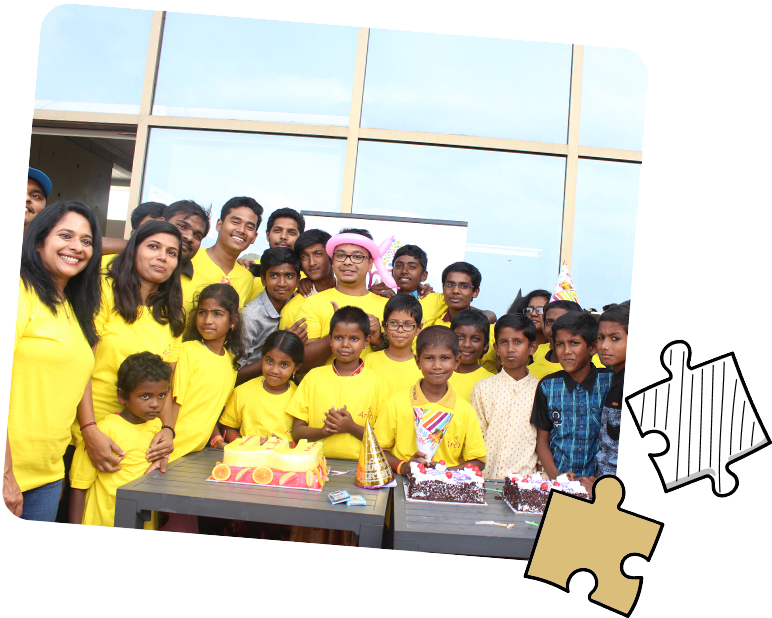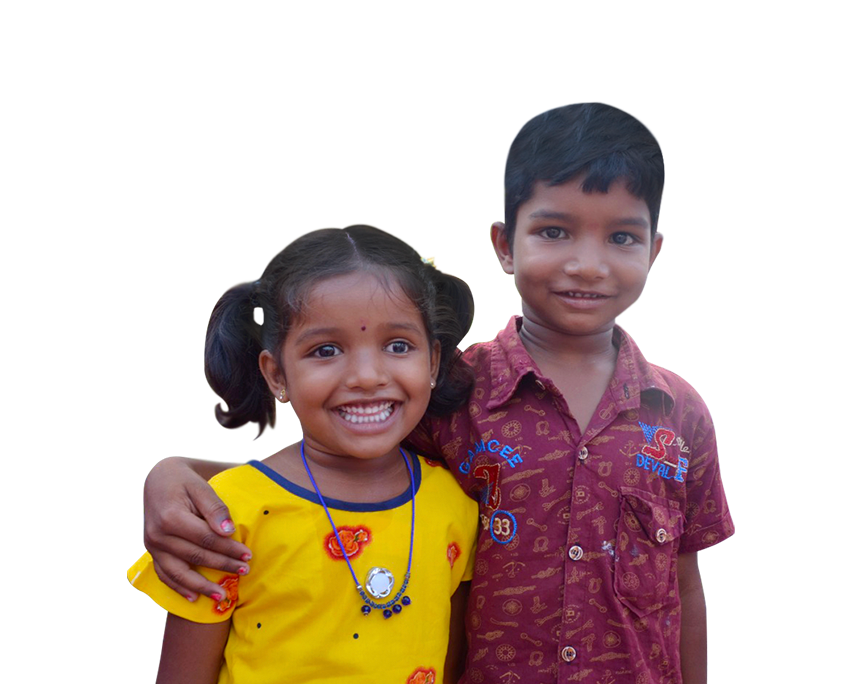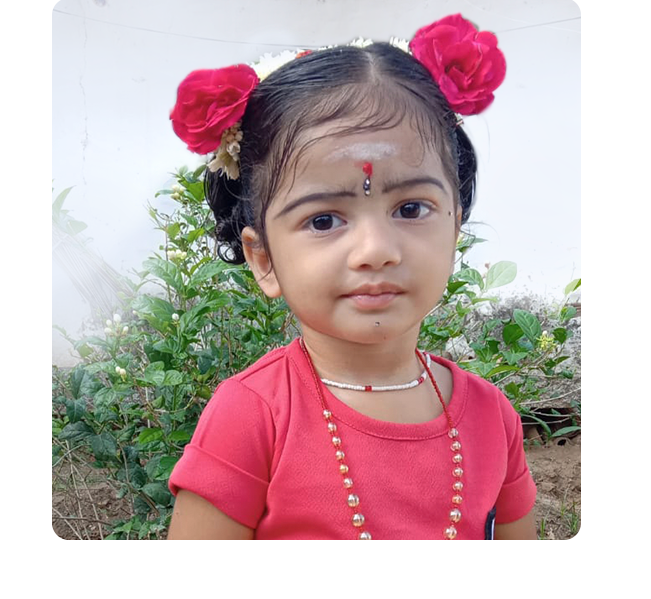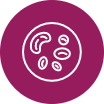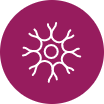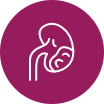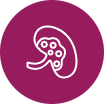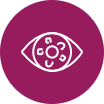DONATE
Give a Helping Hand
A small amount on a regular basis from a lot of people is more than enough to help us continue our work. There are so many ways to help.
You can sponsor a month’s or a year’s worth of treatment, help pay for a birthday celebration, or grant a wish. You could sponsor a family’s monthly grocery expenses. The possibilities are many. Donations to Aroh qualify for deduction under Section 80G of the Income Tax Act of 1961. Donations within India are welcome.
